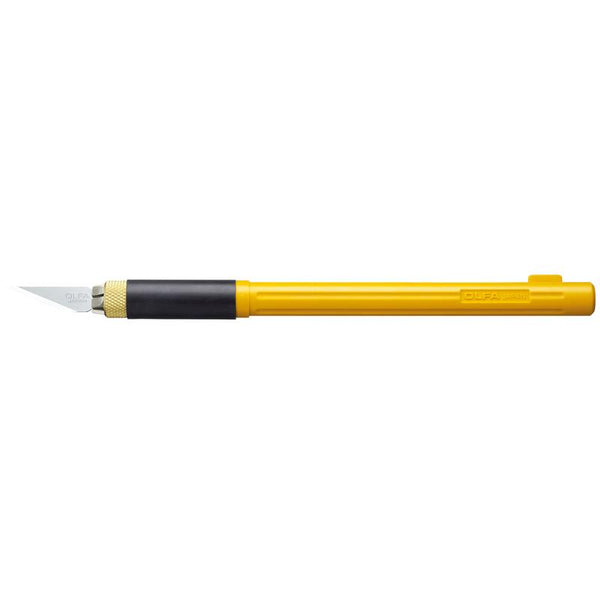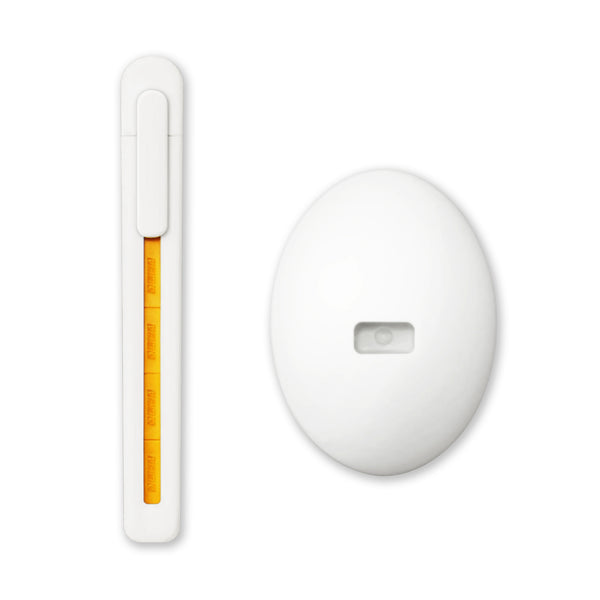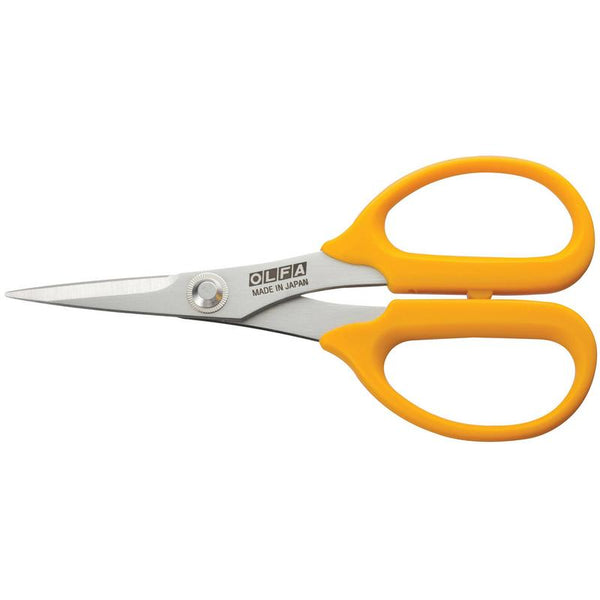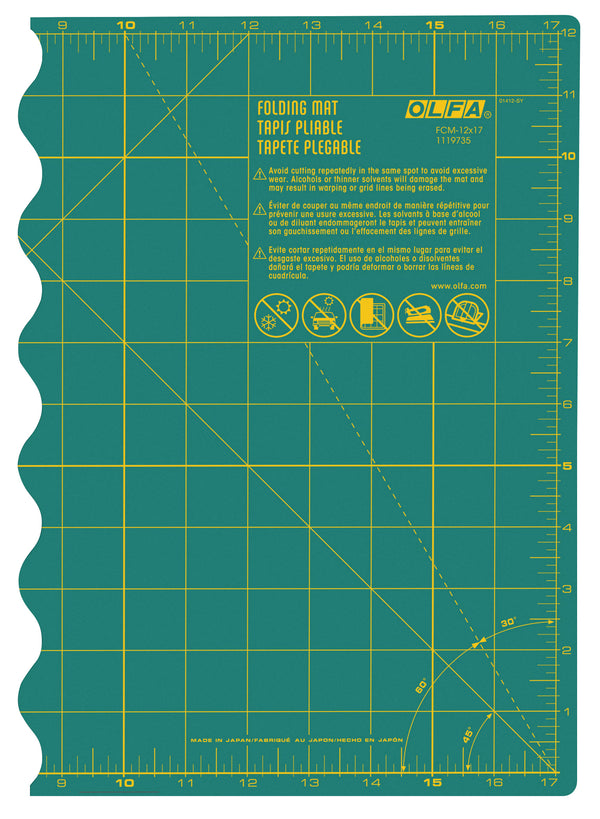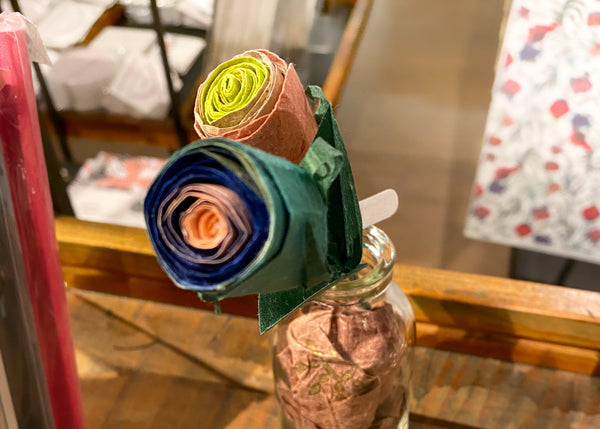
PAPER 101 SERIES - Types of Paper

Designer: Marcia Izabel Marchiori of Minois Handmade
Instagram: @marciabel
----------------------------
Paper is one of my favorite things in the entire world! When you hear me saying that, I know it sounds a little bit excessive at first, but bear with me and I’ll tell you why! ;-)

Since being invented in China, paper has transformed our lives tremendously and, although nowadays we have so many technologies replacing some of its functions, we cannot imagine a world without this amazingly versatile material. You will find several kinds of paper in almost every corner of your home and daily routine, from the toilet paper in the bathroom to things like opening a box of cereal for breakfast while filtering your coffee, taking some notes for work in your notebook, writing important reminders on a post-it for your loved ones, reading a great book or checking your mail - and what a privilege to receive a thoughtful greeting card or a letter by mail! It’s one of the happiest feelings for sure!
These are just a small sample of how paper still has - and I bet that always will - crucial importance in every aspect of life!

Above is a great example of how everyday paper items can be used in our handmade creations: this is an invitation for an Afternoon Tea Party event that I’ve created using card stock and store bought doilies!

Today I’m going to talk about which types of paper you can use for arts & crafts in general. I could go very technical, and I decided to give you some context about it, but kept it more intuitive, giving you my personal experience and explaining which ones are my favorite! Also, keep in mind that paper is an excellent medium to mix with other kinds of materials, like fabric, cork, felt, etc.

You can be adventurous and make your own artisanal paper: I’ve had the opportunity to try this at a Paper Museum workshop in Basel, Switzerland (pictured above), which I highly recommend a visit by the way, but you’ll find a great variety of tutorials on the internet to make it at home as well - or choose more practical ways, from the vast commercial options to simply recycling what you already have at home, like magazine clippings, bags, doilies, plates, wallpaper scraps, packaging cardboards, and more! By giving these recycled materials a new purpose, you will have the opportunity to be more creative and make craft for less, while keeping things out of the trash, doing the responsible thing for the environment!

Paper is considered a lightweight material and super easy to cut or tear but, at the same time, you can make it extremely strong just by folding or layering it, transforming it in cards, home décor, furniture, stationery, etc. It can be rolled, sewn, shredded, painted and obviously written with a simple but beautiful calligraphy.

A Bit On The Technical Side Of Paper:
Commercially produced paper thickness is generally identified by its weight, which is given in Grams Per Square Meter (GSM, g/m2 or usually just g - an international standard for paper sizes, used across the world except in North America and parts of Latin America) or in Pounds (LBS), the latter being the most commonly used measure in the United States.
Paper weight is measured in pounds per a bundle of 500 sheets (known as ream) and by category. So, just to exemplify: if 500 sheets of a category of paper weights 100 lbs., the paper weight will be nominated as “100 lb.”).
The type of paper is a key element when using the pounds unit, and we can use as a simplified guide: Light Weight Papers - like the copy or printing paper (20 to 32 lb. at most), tissue paper, vellum paper, Medium Weight Paper, being most used for crafts papers like cover stocks, scrapbook paper (generally 68-80 lb.), and Heavy Weight Papers, which we have the card stock the most popular one (as it’s a stiff heavy paper, but still flexible - 110 lb. or more).

As you can see some examples above, there are also commercial handmade papers (Nepalese, Marbled, Lace Tissues, fine Japanese papers, etc), but also the so called Specialty Papers (like toilet or tissue paper for example).
It’s much more convenient to buy craft papers by sheet, being the most used the Letter Size (8 1/2 x 11”) or A4 size (21 x 29.7 centimeters), as they can be easily fit in a regular home or office printer, but I do love to use 12 x 12” scrapbook papers as well, as they come in a wide variety of patterns, textures and colors.
My Favorite Papers

Having all this information in mind, here are some of my favorite papers, according to the ways I most use them in my work:
- Scrapbook & Origami Papers and Card Stock: As you may know, there are SO MANY options, and that’s why these are favorite sources when paper crafting. I love the textures and colors of the Bazzill brand, specially when I’m making cards, but the possibilities are unlimited! When using card stock as a neutral base for your projects, you can’t go wrong with Neenah 110lb Classic Crest Cardstock Solar White. But these are just suggestions, you will surely find amazing options at your favorite craft store!
- Copy or Printing Paper: they are essential to have around. I use them from making sketches and printing my patterns to practicing calligraphy. I prefer to use one less porous and smoother, like the HP Premium 32lb or Neenah Exact Index Cardstock (199g/m2), and both work very well with my laser printer.
- Vellum, Tracing and Tissue Papers: These semi-transparent papers are great ways to work with layers on your composition, adding depth to an otherwise stiff artwork - especially in cards and invitations. And I love how delicate they are. Vellum is a viable option to print or write on with calligraphy as well.
- Found Papers: As previously mentioned, recycling is a must for my creations. I especially like to collect vintage papers and old maps, but I can go from a beautiful store paper bag to wallpaper leftovers. In this section I’d add some more ideas like paint chips, cupcake liners, wrapping paper, and whatever your creativity allows you to cherish in a project ;-)
- Fine Art Papers: Watercolor and Bristol are two of my favorites kinds when I need a sturdy paper or a richer texture. I have a handful of a weight variety, depending on how I’m going to use it. Also, these papers are great because they are water resistant.

Although there are so many other options, these are the most used around here in my studio! I confess that I’m always looking for new paper media and love to learn about and incorporate new kinds of papers in my projects from time do time.
I hope you enjoyed this post as much as I did! And please let us know if you have more paper ideas to share tagging us on Instagram in your projects, with @marciabel and @OLFA_craft . We’d love to see your paper creations!

Happy crafting!
Marcia
OLFA tools shown:

